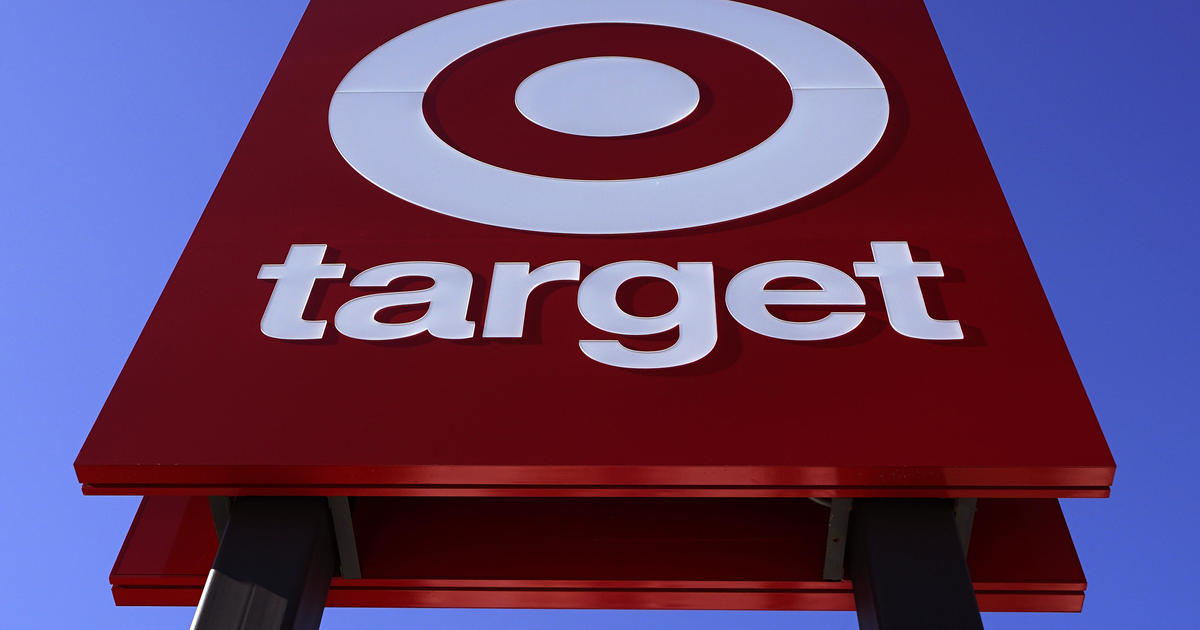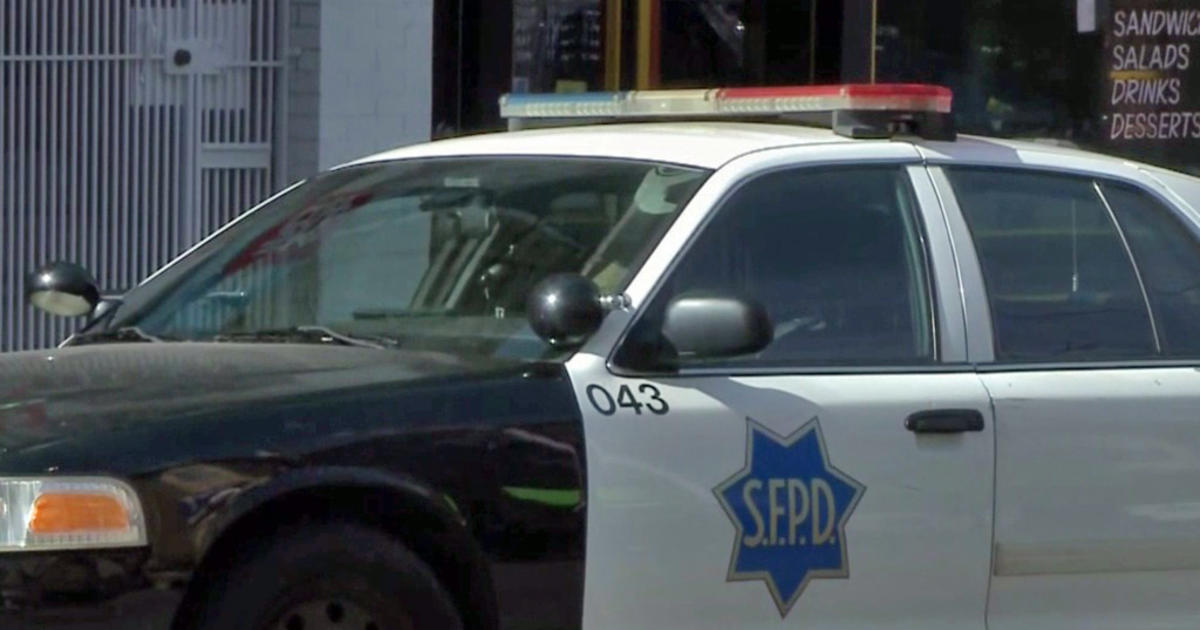Key leaders depart GM's Cruise, layoffs announced amid investigation into SF incident
SAN FRANCISCO — General Motors' troubled autonomous vehicle unit announced several key leaders are no longer with the company and that several hundred workers have been laid off, amid an ongoing investigation into an October incident involving one of its driverless cars.
Cruise said late Wednesday that nine individuals departed following an initial analysis of the incident on Oct. 2 and the company response after a Cruise robotaxi ran over a pedestrian who had been hit by another vehicle driven by a human. The Cruise vehicle then pinned the pedestrian under one of its tires after coming to a stop.
California regulators have alleged that Cruise covered up the severity of the October accident — which could result in a potential penalty of roughly $1.5 million. The robotaxi service is also being investigated by U.S. regulators after separate receiving reports of potential risks to pedestrians and passengers.
"The way to look at this from a safety point of view is that if you're only operating a few cars, and you have the occasional thing that isn't quite right, if you fix it before you scale up, then you'll be fine," said autonomy transportation expert and Carnegie Mellon University professor Phil Koopman.
Images and videos of Cruise cars blocking first responder vehicles, as the company scaled up operations after getting the greenlight by the California Public Utilities Commission last year, didn't help the company's cause.
Koopman has been researching autonomous vehicles for more than two decades.
"If you say, 'Well you know, that wasn't too bad. We're gonna sort of just scale up anyway, even though these minor things are happening.' It won't be that long before you hit a major thing. Because the more cars you have on the road, the more chance there is to get unlucky," said Koopman.
Union leaders Thursday called for the immediate removal of CPUC commissioner John Reynolds, who worked for Cruise as an attorney for years before being appointed by Governor Newsom.
"Gavin Newsom is responsible for this because he appointed all the commissioners of the CPUC. He has to take responsibility because they're doing his bidding and he's doing the bidding for these tech companies," said Steve Zeltzer of the United Front Committee For a Labor Party.
The announced departures include leaders in from legal, government affairs, commercial operations and safety and systems teams, Cruise said. The announcement arrives just weeks after Kyle Vogt resigned as Cruise's CEO.
"As a company, we are committed to full transparency and are focused on rebuilding trust and operating with the highest standards when it comes to safety, integrity, and accountability and believe that new leadership is necessary to achieve these goals," Cruise said Wednesday.
Along with the executive departures, the company confirmed to CBS News Bay Area that the company is laying off 24% of its full-time workforce, or about 900 employees. The layoffs are primarily in commercial operations and related corporate functions.
Departing employees would receive their 2023 bonus and would remain on payroll through Feb. 12 as part of their severance package, the company said.
Cruise as faced significant turmoil over recent months. Weeks following the October incident, California's Department of Motor Vehicles effectively shut down the robotaxi service by suspending its license to operate in the state — marking a major blow for Cruise and its corporate parent GM. General Motors absorbed huge losses during the development of the driverless service that was supposed to generate $1 billion in revenue by 2025, with plans to expand beyond San Francisco.
Shortly after, Cruise announced it would be pausing driverless operations nationwide for a review by independent experts and later recalled all 950 of its cars to update software.
Cruise has said it will focus on relaunching its ride-hailing service in one city to start, a dramatic shift from its prior plans to expand into more than a dozen new cities in 2024.
"I don't think this is GM de-emphasizing crews. I think it's trying to get back on track to a more sustainable path that they don't try and grow rapidly before they're ready to grow," said Koopman.
Analysts believe it could be anywhere between six months to a year before Cruise robotaxis are back on the streets.
There is no indication from the company whether that will be in San Francisco.
Kenny Choi contributed to this story.



